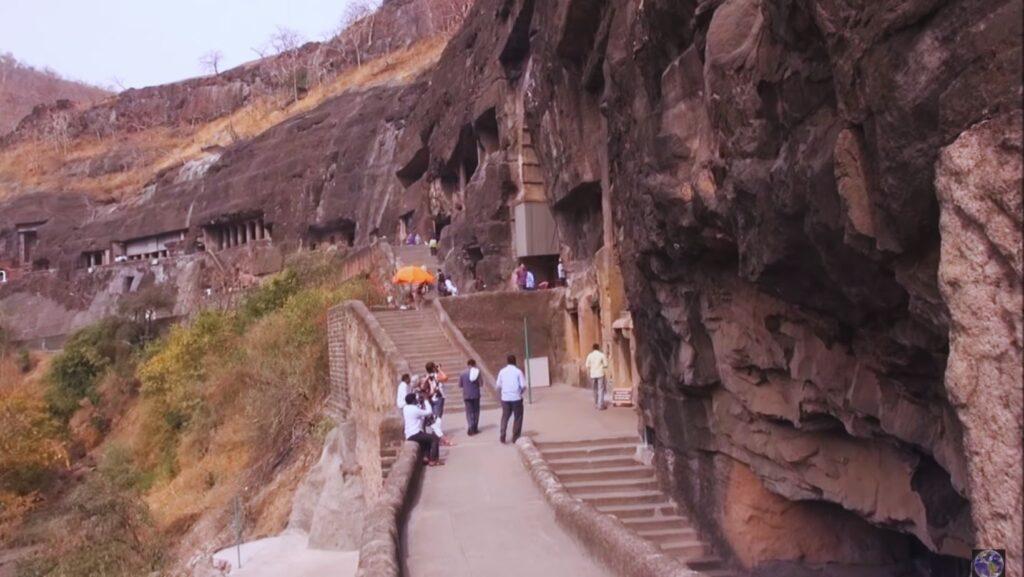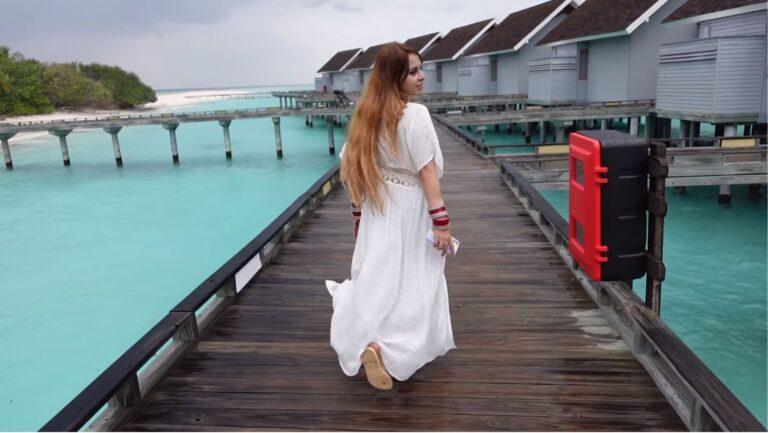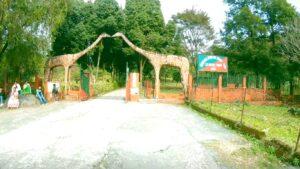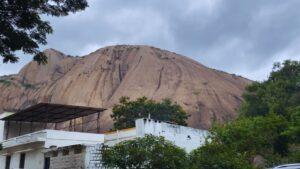About Ajanta Caves
Ajanta Caves are a UNESCO World Heritage Site and one of the finest examples of ancient Indian art and architecture. The caves contain exquisite paintings and sculptures that illustrate the life and teachings of the Buddha, as well as the stories from the Jataka tales.
How to Reach Ajanta Caves
- Ajanta Caves are about 100 kilometers from Aurangabad, which is well connected to nearby major cities like Mumbai, Delhi, and Bangalore by flight and train. Once you are in Aurangabad, you can move around in public buses, autos, or taxis.
- To reach Ajanta Caves from Aurangabad, you can take a bus from the Central Bus Station (CBS) or the Cidco Bus Station.
- The bus fare is around 60 rupees per person and the journey takes about two hours. You can hire a taxi or an auto rickshaw for around 1200-1500 rupees for a round trip. You can also book a guided tour from any travel agency in Aurangabad or Mumbai.
History of Ajanta Caves
- Ajanta Caves comprise 29 caves that were carved between the 2nd century BCE and the 6th century CE by Buddhist monks and artisans. The caves are renowned for their exquisite paintings and sculptures that illustrate the life and teachings of the Buddha, as well as the stories from the Jataka tales. The caves also reflect the religious harmony and diversity that existed in ancient India, as they were built by different Buddhist traditions.
- The caves are located in a U-shaped gorge of the river Waghur and are connected by rock-cut staircases. The caves are divided into two phases: the earlier phase (caves 8, 9, 10, 12, 13, and 15A) belongs to the Hinayana/Theravada school of Buddhism, where Buddha was worshipped in an aniconic/symbolic form; and the later phase (caves 1-7, 11, 14-29) belongs to the Mahayana school of Buddhism, where Buddha was worshipped in an icon/idol form.
- The caves were discovered by a British officer named Captain John Smith in 1819, who was on a hunting expedition. The caves were covered by jungle until then and were not known to the outside world.
Entry Fees for Ajanta Caves
The entry fees for Ajanta Caves are quite nominal for the visitors. They are as follows:
- Indian citizens – Rs. 40
- Foreign Citizens – Rs. 600
- Children below the age of 15 years – Free of cost
- Still camera/ Video camera – Rs. 25
Opening and Closing Time for Ajanta Caves
The Ajanta Caves are open throughout the year except on Mondays when they are closed. On other days, they are open from sunrise until sunset (around 5:00 p.m.). They are also open on national holidays.
Tips for Visiting Ajanta Caves
Tips to make your visit to Ajanta Caves more enjoyable:
Summers can be really hot. It is better to carry shades and hats to protect yourself against the heat.
- Wear comfortable shoes. You will have to walk around a lot while exploring the caves.
- Do not stray away from your guide. Always be aware of your surroundings. Stay alert.
- Photography with flash is not allowed. The flashlight damages the ancient paintings.
- This is a very important historic site and is protected by the Government of India. Littering in the caves and defacing any part of the cave is punishable by law.
- Either have a heavy brunch or carry some snacks along with you. There is not much choice for a place to eat near the caves.
Who Built Ajanta Caves and Why?
Walter Spink, a scholar of Indian art, has suggested that these caves were carved out between 100 BCE and 100 CE, most likely with the support of the Hindu Satavahana dynasty (230 BCE – c. 220 CE) who ruled over this region. However, some other scholars have different opinions and prefer to date these caves to the time of the Maurya Empire (300 BCE to 100 BCE).
Who is the founder of Ajanta Caves?
The Buddhist Monks is the founder of Ajanta Caves.
Ajanta Caves are a must-visit destination. They are a place where you can experience the wonders of ancient Indian art and architecture. They are a place where you can feel closer to the divine. If you are planning to visit Maharashtra, don’t miss this opportunity to explore these magnificent rock-cut caves!








